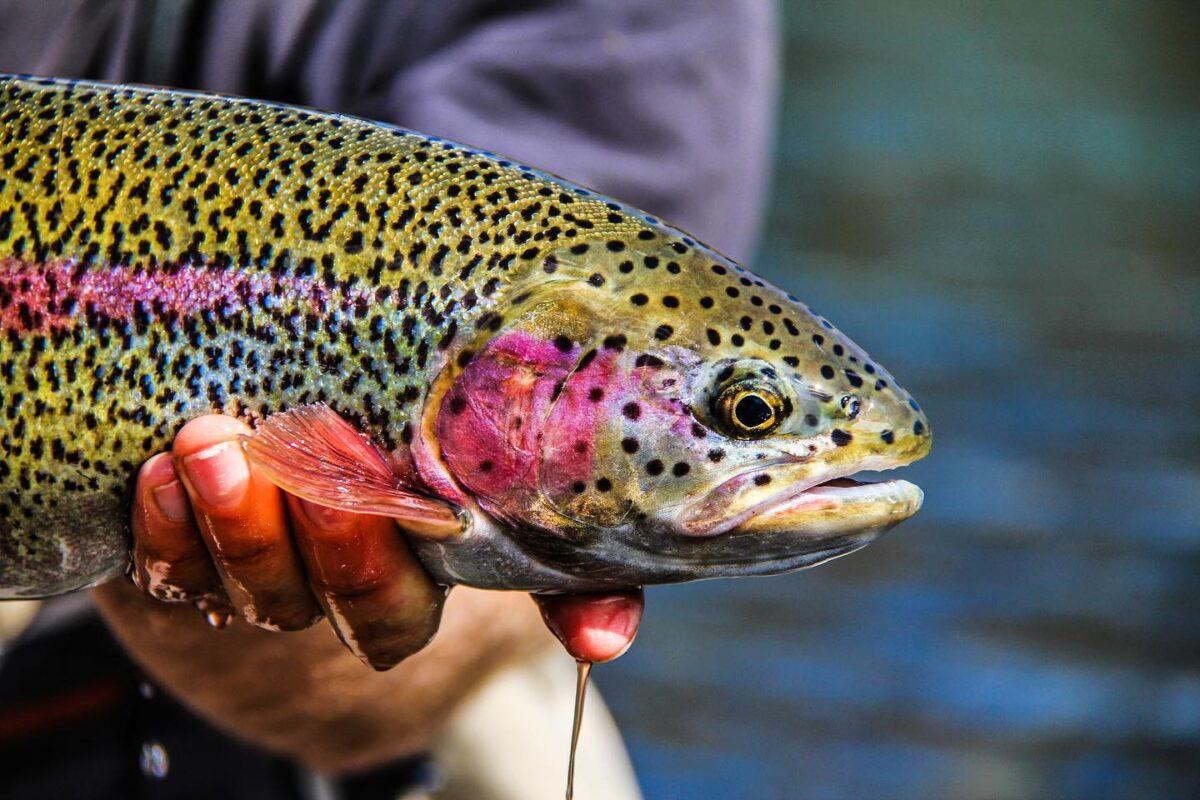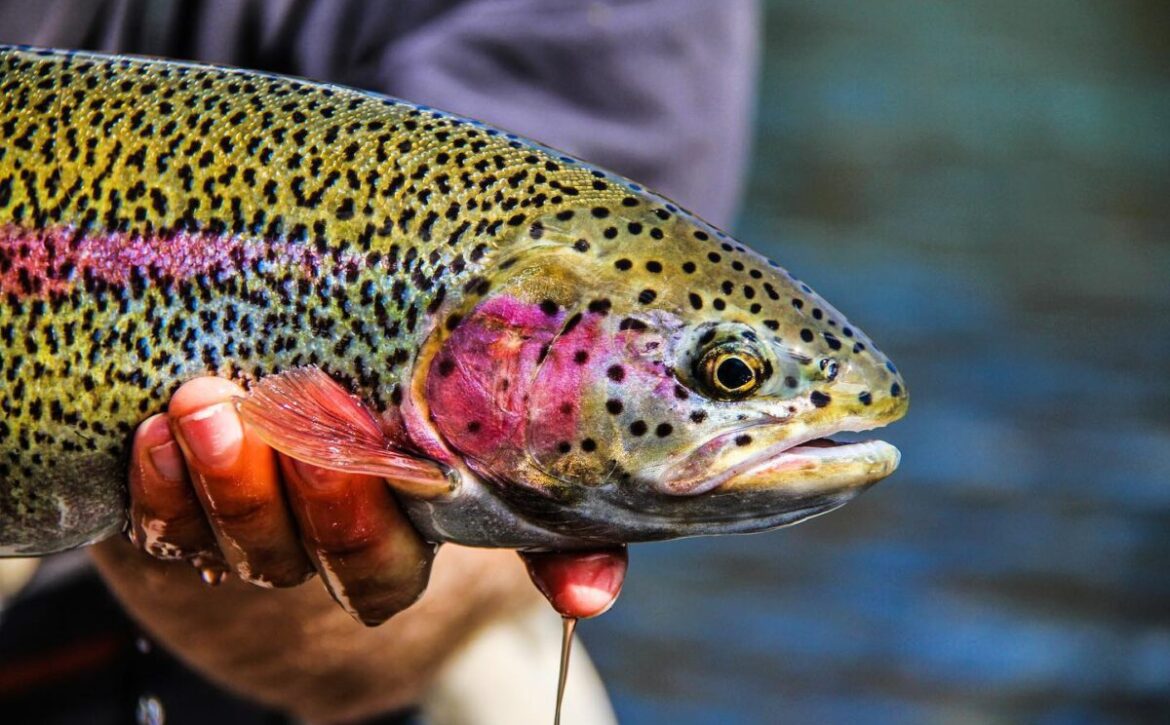Maximizing Online Visibility for Fishing Guides
In the digital age, fishing guides face unique challenges in attracting clients and maintaining a steady business stream. The competition is fierce, with countless guides vying for attention in an increasingly crowded online marketplace. Without a robust online presence, even the most skilled guides can find themselves overlooked and underbooked. This makes it essential to implement effective marketing strategies, particularly those focusing on Search Engine Optimization (SEO), to enhance visibility and attract potential clients. In this article, we will explore actionable strategies for fishing guides to maximize their online visibility, emphasizing the importance of SEO tailored specifically for this niche.
Understanding the Importance of SEO for Fishing Guides

SEO, or Search Engine Optimization, is the process of optimizing your online content to ensure that search engines rank it highly in search results. For fishing guides, a high search engine ranking translates to increased visibility, more website traffic, and ultimately, more bookings. The nature of the fishing guide industry means that potential clients often start their search online, making SEO a critical component of any marketing strategy. By employing targeted SEO strategies, fishing guides can significantly improve their chances of being found by those actively seeking fishing experiences.
Given the niche nature of this industry, SEO strategies must be carefully tailored to ensure they reach the right audience. This involves understanding the specific search behaviors and preferences of potential clients and adapting content accordingly. A well-optimized website not only attracts more visitors but also enhances user experience, encouraging them to book services. As search engines evolve, so too must SEO strategies, making it crucial for fishing guides to stay informed and adaptable.
Key Elements of SEO for Fishing Guides
SEO for fishing guides involves several key components, each essential for improving search engine rankings and increasing online visibility. Below are some critical elements to consider:
- Keyword Research: Understanding the specific terms and phrases potential clients use when searching for fishing guides is foundational to any SEO strategy. Conducting thorough keyword research helps identify phrases like “best fishing guide services,” “guided fishing trips near me,” and “fishing guide SEO,” which should be seamlessly integrated into your content. Tools like Google Keyword Planner or SEMrush can assist in discovering these relevant keywords and understanding their search volumes.
- On-Page SEO: This involves optimizing individual pages on your website to rank higher in search engine results. Techniques include optimizing meta tags, using header tags appropriately, and ensuring keyword-rich, high-quality content. Additionally, ensuring that your site is mobile-friendly and fast-loading can significantly impact your search rankings, as these factors are increasingly prioritized by search engines.
- Local SEO: As a fishing guide, much of your clientele will be local. Optimizing for local SEO ensures that your business appears in local search results, which is crucial for attracting nearby clients. This can include optimizing your website for local keywords, ensuring your business is listed on Google Maps, and obtaining backlinks from local websites.
Creating High-Quality, SEO-Optimized Content

High-quality content is at the heart of any successful SEO strategy. It not only helps improve your rankings but also engages and retains site visitors. Creating content that resonates with your audience establishes you as an authority in your field and fosters trust. Here’s how fishing guides can create compelling, optimized content:
Blog Posts and Articles
Regularly publishing blog posts and articles about fishing tips, local fishing spots, seasonal fish species, and personal fishing stories can attract and engage a wider audience. These pieces offer an opportunity to integrate relevant keywords naturally within your content to enhance SEO while ensuring the information is valuable and engaging to readers. Such content also encourages visitors to spend more time on your site, which can positively affect your search rankings.
In addition to traditional blog posts, consider creating series or themed content that can draw readers back to your site consistently. This could include a series on beginner fishing tips, interviews with local experts, or profiles of unique fishing locations. Providing useful, shareable content not only boosts your SEO but also helps build a community around your brand.
Visual Content
Incorporating high-quality images and videos can significantly boost engagement. Visual content is more likely to be shared on social media, increasing your reach and potentially attracting more visitors to your site. Ensure that images are properly tagged with relevant keywords and optimized for fast loading. Video content, such as tutorials or trip highlights, can further enhance engagement and provide additional SEO benefits when hosted on platforms like YouTube.
Consider using infographics to present complex information in an easily digestible format. Infographics can break down fishing techniques, seasonal trends, or conservation tips, offering value to your audience while encouraging them to share the content. Properly optimized visual content supports your SEO efforts by improving user experience and increasing the likelihood of backlinks.
Client Testimonials and Case Studies
Showcase your expertise and success stories through client testimonials and detailed case studies. These not only serve as social proof to potential clients but also provide content that can be optimized for SEO. Real-life examples of successful fishing trips or customer satisfaction can build credibility and trust in your services.
Developing detailed case studies of memorable trips or unique challenges overcome on the water offers insight into your skills and dedication. These narratives can be keyword-rich and provide potential clients with a clear understanding of what to expect from your services. Moreover, these stories can be shared across various platforms, further enhancing your online presence.
Leveraging Local SEO
For fishing guides, local SEO is particularly crucial as it targets potential clients within a specific geographic area. Here are some ways to enhance your local SEO strategy:
Google My Business
Claiming and optimizing your Google My Business (GMB) listing can significantly impact your local search visibility. Ensure that all information is accurate and up-to-date, including your business name, address, phone number, and website. Encourage satisfied clients to leave positive reviews on your GMB profile, as these can improve your local ranking. Responding to reviews, both positive and negative, demonstrates your engagement and commitment to customer satisfaction.
In addition to maintaining an accurate GMB listing, regularly post updates and special offers to engage with potential clients. This keeps your business profile active and can improve your chances of appearing in local search results. Utilizing the Q&A feature on your GMB profile also allows you to address common queries, enhancing your credibility and customer service.
Local Listings and Directories
Register your business with local online directories relevant to the fishing industry. This can help improve your visibility in local search results and drive more traffic to your website. Ensure that your NAP (Name, Address, Phone Number) information is consistent across all listings to avoid confusion and maintain trust with search engines.
Participate in community events and local fishing forums, which can lead to valuable backlinks and increased exposure. Being active in local online communities not only supports your SEO efforts but also positions you as a leader in the local fishing scene. Engaging with local audiences can foster relationships that translate into repeat business and referrals.
Social Media and Online Engagement

Social media platforms provide fishing guides with an opportunity to connect with potential clients, share expertise, and promote services. With the right strategy, social media can be a powerful tool to enhance your online visibility and brand reputation. Here’s how to effectively use social media to maximize online visibility:
Consistent Posting
Maintain a consistent posting schedule to keep your audience engaged. Share fishing tips, photos from recent trips, and behind-the-scenes content to offer a personal glimpse into your operations. Engaging with followers by responding to comments and messages promptly can foster a sense of community and encourage repeat interactions.
Experiment with various content formats such as live videos, stories, and polls to understand what resonates most with your audience. Regularly analyzing engagement metrics will help refine your strategy, ensuring that your social media presence contributes positively to your overall online visibility.
Collaborations and Partnerships
Partner with local businesses or influencers in the fishing industry to expand your reach. Collaborations can lead to cross-promotion opportunities, introducing your services to a broader audience. Consider hosting joint events or giveaways that can generate buzz and attract new followers.
Building relationships with other local enterprises can also lead to mutually beneficial partnerships. For example, team up with local tackle shops, boat rental services, or accommodations to offer package deals or special promotions. These collaborations not only enhance your visibility but also enrich the local fishing community.
Monitoring and Adjusting Your SEO Strategy
SEO is not a one-time effort but an ongoing process that requires monitoring and adjustments. Use analytics tools to track your website’s performance, including traffic sources, bounce rates, and conversion rates. This data can provide valuable insights into which aspects of your SEO strategy are working and which may need refinement. Regularly updating your content to keep it relevant and optimizing for new keywords as search trends evolve is crucial to maintaining your online presence.
Staying Informed
The digital landscape is constantly changing, with search engine algorithms evolving regularly. Staying informed about the latest SEO trends and updates will help you adapt your strategy to maintain and improve your online visibility. Subscribing to industry newsletters, attending webinars, and participating in SEO forums can provide you with the latest insights and best practices.
Networking with other professionals in the fishing guide industry can also offer new perspectives and strategies. Sharing experiences and challenges with peers can lead to innovative solutions and collaborative opportunities, helping everyone involved enhance their online presence. Embrace a mindset of continuous learning to ensure your SEO efforts remain effective and aligned with industry shifts.
Conclusion
Maximizing online visibility is essential for fishing guides looking to attract more clients and grow their business. By implementing a comprehensive SEO strategy that includes keyword research, high-quality content creation, local SEO, and social media engagement, fishing guides can significantly enhance their online presence. Regularly monitoring and adjusting your approach ensures that your efforts remain effective in an ever-evolving digital environment. Embrace these strategies to navigate the digital waters successfully and ensure your fishing guide services are visible to those seeking unforgettable fishing experiences.
By investing time and resources into a well-rounded online marketing strategy, fishing guides can not only increase their client base but also establish themselves as leaders in their field. The right combination of SEO and online engagement can transform your business, opening up new opportunities and securing a steady stream of clients. As the digital world continues to evolve, so too should your strategies, ensuring that your services remain at the forefront of the fishing guide industry.









